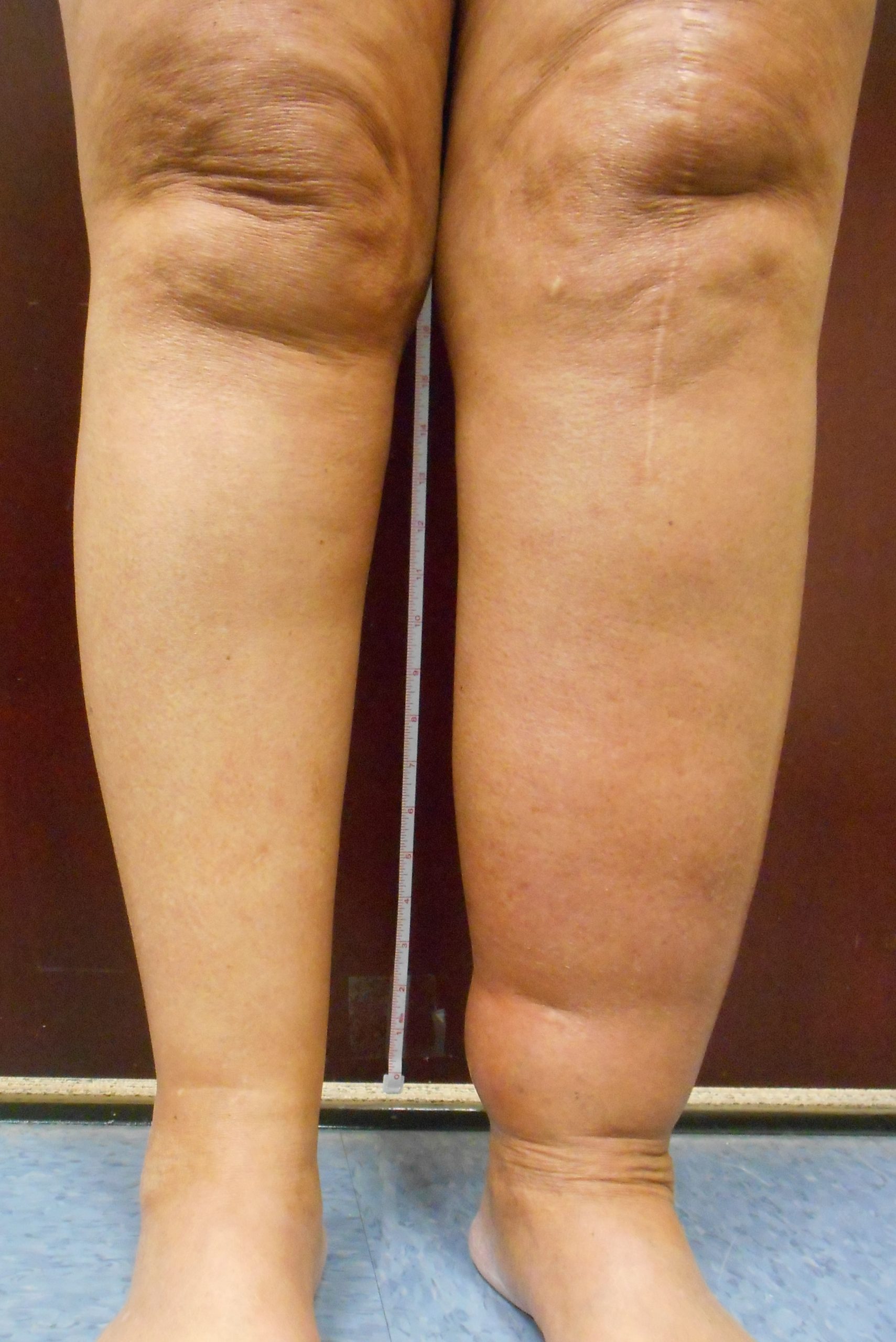Angioplasty is a procedure designed to restore normal blood flow to a blocked artery, which in turn reduces symptoms like chest pain due to a blocked artery or minimizes damage to the heart after a heart attack. It is a common treatment for coronary artery disease, a condition that occurs when plaque builds up inside an artery, narrowing the vessel and restricting blood flow.
Angioplasty can also be used in vein treatments, primarily to place a stent inside the vein that will hold it open over the long term. It is a frequent treatment for vascular conditions like post-thrombotic syndrome, May-Thurner syndrome and pelvic congestion syndrome. In these cases, the balloon used during angioplasty is inflated inside the vessel to allow for easy placement of the stent. More than one stent may be used during these procedures, depending on the amount of vein damage that has occurred.
The Importance of Experience
When seeking angioplasty to treat vein disorders, it is essential to select a physician that specializes in this area. These highly-trained physicians have the equipment and expertise to accurately diagnosis a myriad of conditions and propose the best possible treatment options. Vein specialists are also uniquely qualified to perform angioplasty and stenting in their office, offering patients a convenient and comfortable treatment experience.
The Angioplasty Procedure
When angioplasty is performed at Vein Specialists of the Carolinas, the patient is usually given general anesthesia so that they sleep through the procedure. Dr. Draughn will make a tiny incision in the upper leg that allows for insertion of a narrow tube called a catheter. The catheter is threaded to the vein to be treated, using ultrasound imaging to guide the catheter to the proper location.
Once the catheter is in place, a wire with the angioplasty balloon is threaded through until it reaches the affected vessel. The balloon is then inflated to open up the vein so that the stent may be inserted into the vein. Once the stent is properly positioned, the balloon is deflated and removed from the leg. The original incision used to insert the catheter is covered with a Band-Aid or small dressing, as it is usually too small to require any suturing.
Expectations for Recovery
When angioplasty is performed on a vein, the risks tend to be much lower than when the procedure is used to open up an artery. This is because the pressure inside the vein is much lower, reducing the risk for excessive bleeding during and after treatment. Patients receiving angioplasty in a vein are usually able to return home the same day as their procedure, although rest will be encouraged for a number of days to ensure full healing occurs in the vessel.
Patients may feel some discomfort for a few days after an angioplasty procedure, particularly in the area where the stents were placed. This should subside within a week or two. If necessary, oral pain medication can be taken to relieve the discomfort in those first few days after the procedure. Most patients do not have any other side effects from their angioplasty and are able to return to most of their regular activities within a few days.
While angioplasty for arteries is generally performed by a cardiologist, angioplasty to treat veins is best handled by a vein specialist that has the training, equipment and knowledge to diagnose and treat specific vein disorders. If you would like a full assessment and answers to all of your questions about your vein condition, contact Vein Specialists of the Carolinas at 704-861-2072 or 704-544-5245.

